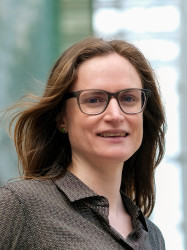BibTex format
@article{Baltean-Lugojan and Misener:2018:10.1007/s10898-017-0577-y,
author = {Baltean-Lugojan and Misener, R},
doi = {10.1007/s10898-017-0577-y},
journal = {Journal of Global Optimization},
pages = {655--690},
title = {Piecewise parametric structure in the pooling problem - from sparse, strongly-polynomial solutions to NP-hardness},
url = {http://dx.doi.org/10.1007/s10898-017-0577-y},
volume = {71},
year = {2018}
}

